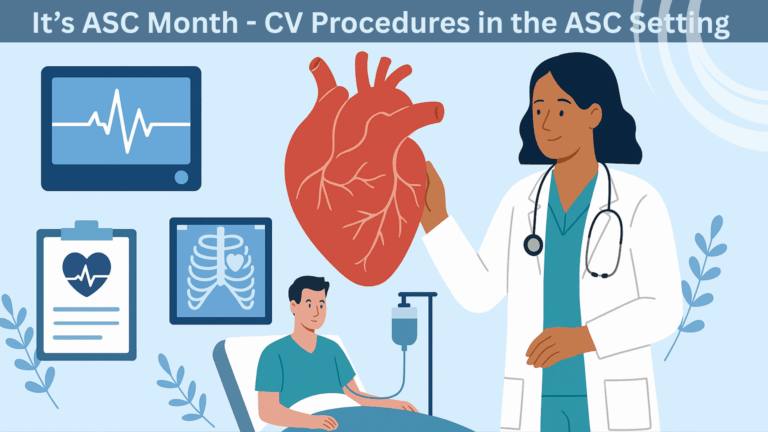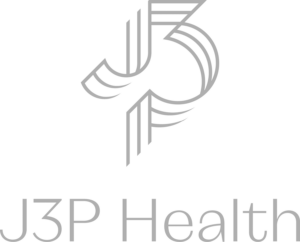I have a close family member who took an unexpected turn when he was diagnosed with heart failure. He had an active and vibrant lifestyle that suddenly became a series of doctor’s appointments, medications, and lifestyle adjustments. Despite his best efforts, his health continued to deteriorate, and he eventually had to have an ICD implant. Even with these challenges, he was determined to regain control of his life. With the guidance of medical professionals, he embarked on a journey to improve his heart health through education, lifestyle modifications, and a strong support network. Today, he enjoys fishing, and spending time with his grandchildren. He is an inspiring example of how battling heart failure is not just about surviving but thriving.
Heart failure is a condition that affects millions of people worldwide, challenging their quality of life and requiring comprehensive management strategies. According to the World Health Organization (WHO), approximately 26 million people globally live with heart failure. In the United States, heart failure affects around 6.2 million adults, with approximately 1 million hospitalizations related to the condition each year. The American Heart Association reports that around 50% of individuals diagnosed with heart failure die within five years of diagnosis.
Understanding the risk factors for heart failure is crucial for prevention and management. The risk of heart failure increases with age, particularly in individuals over 65, which is compounded if there is a family history of heart disease or a previous occurrence of a heart attack. Other factors to consider are uncontrolled high blood pressure, diabetes, especially when it is poorly managed, and obesity. Additional contributing factors are lifestyle choices. A person is at increased risk for heart failure if they are mostly sedentary, have a poor diet, indulge in excessive use of alcohol, and are smokers.
Creating an effective heart failure management program requires a multi-faceted approach and there are several key components to consider. Since many heart failure patients have complicated medical histories and comorbidities, there must be a team approach that supports collaboration with a host of patient providers who are experienced in heart failure management. This should include support for regular check-ups, medication adherence, and symptom monitoring. Patients and their families should be provided with comprehensive education about heart failure, its causes, symptoms, and treatment options. Lifestyle modifications that teach heart-healthy habits such as a balanced diet, regular exercise, smoking cessation, and stress management as well as medication management should be included in ongoing education.
It is not enough to provide heart failure patients with education, there must be mechanisms in place to monitor and track their progress. A good program will implement tools to monitor patients’ symptoms, weight fluctuations, and fluid retention as this data can alert healthcare providers to potential issues. Heart failure is a shocking and life-changing diagnosis as it is progressive and life-limiting. This can take a toll on a patient’s mental health, so it is important to offer psychological support in the form of counseling and support groups. It is important to have a collaborative approach that includes not only the healthcare providers, but also the patient, their family, and/or the caregivers in the management, decision-making process, and advanced care planning. Discuss the patient’s preferences for future medical care, including end-of-life decisions in order to ensure that their wishes are respected.
Developing a good quality program will ensure that a facility is meeting all of the patient’s needs. This will involve a systematic approach that is focused on the improvement of care and patient outcomes. Components of a quality program should include assessment and planning, a multidisciplinary team, strong clinical guidelines and protocols, patient education that is focused on self-management, medication management, remote monitoring, discharge planning, post-discharge follow-up, quality metrics and quality improvement, patient and family engagement, staff education, and community outreach. It is a voluminous list of factors to consider and trying to meet them all can be complicated and daunting. Accreditation will help a program manage these components as it outlines the requirements and provides guidance for a combination of evidence-based practices, collaboration among healthcare professionals, patient engagement, and a commitment to continuous quality improvement.
Heart failure is a formidable disease, but with determination, education, and a strong support network, it’s possible to lead a fulfilling life despite the challenges. By understanding the statistics, risk factors, and components of a quality management program, an individual like my family member can inspire us all to face heart failure head-on and embrace a journey toward better heart health.

 company
company 
 (412) 364-8200
(412) 364-8200




























